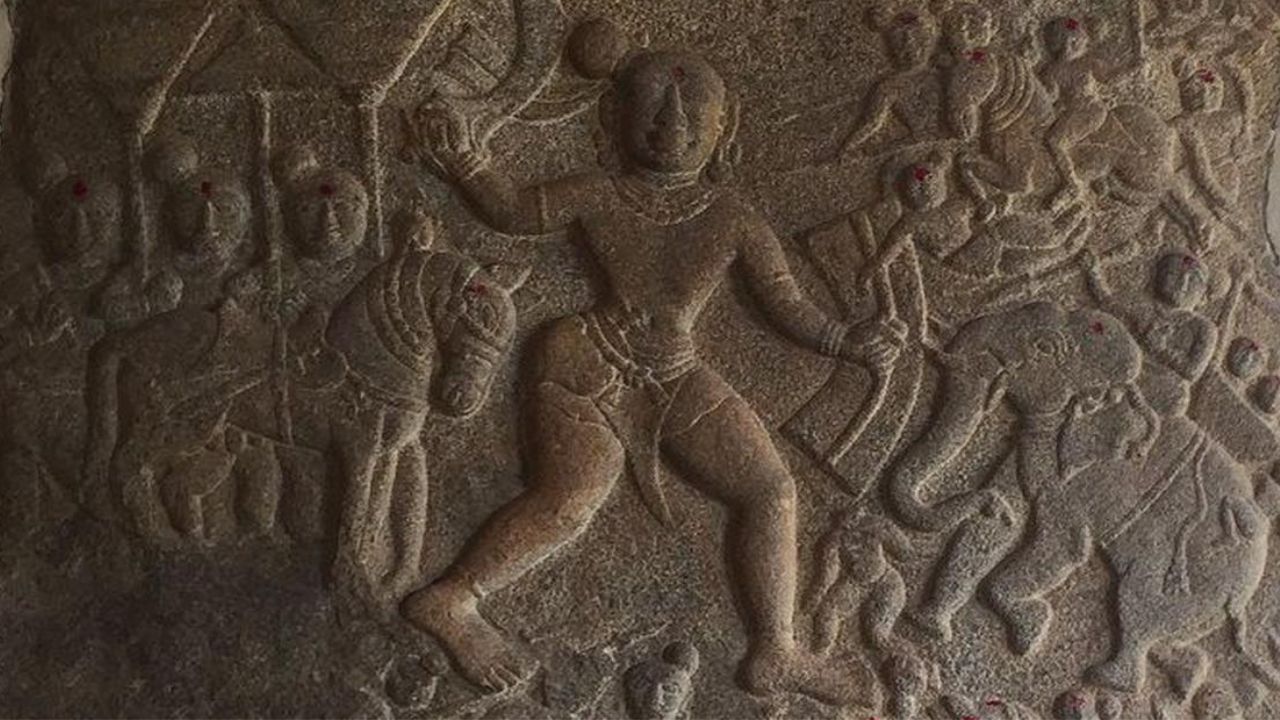
Revenge Shall Be Mine
Read More
Sanity Break #1
Stephen Colbert has an amusing new segment on his show called ‘Tooning Out the News’. Its very first guest: Salman Rushdie. Enjoy:)

Headlines that matter
Check out this edition for the most important stories from around the world today!

Sanity Break #2
A man surrounded by scantily clad women is usually the stuff of male fantasies (hello, macho rap star!). But Megan Thee Stallion hilariously (and cheesily) upends this tired cliche in this clapback at old fogey politicians hating on her music videos. Imagine being terrorised by hordes of twerking bottoms lol!

Smart & Curious
Here’s a list of intriguing things to pique your interest and wonder at our weird, wacky world.

Feel Good Place
Need an immediate pick-me-up? We have you covered! From hilarious animal clips to stuff that’ll make you go “lol why?!”, we have all you need to keep you sane on even your worst hair day.






